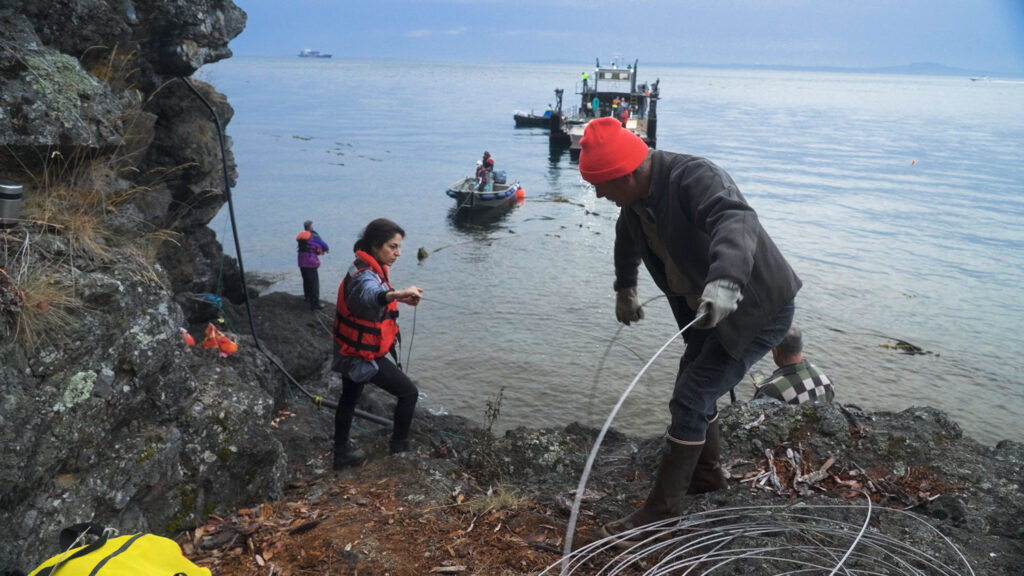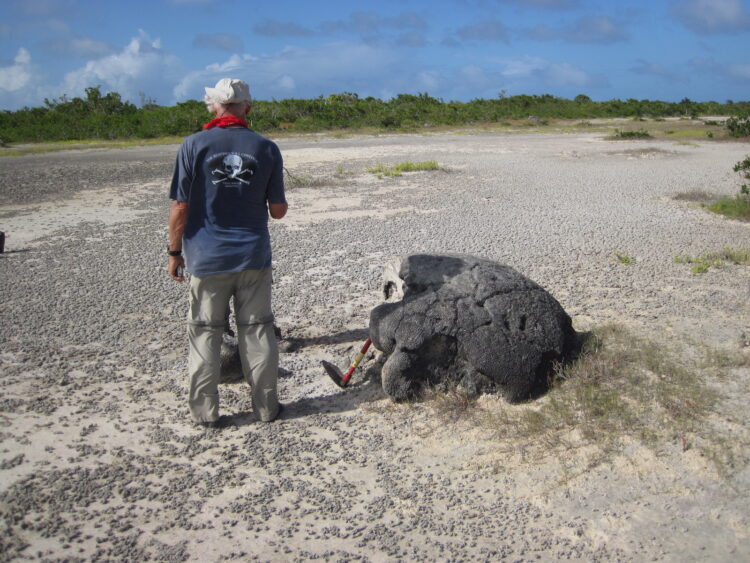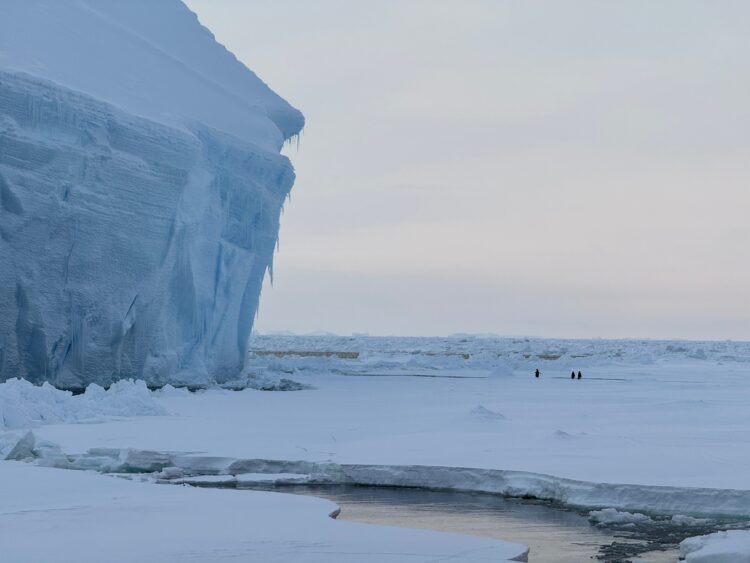How ripples in the high atmosphere warned scientists of a tsunami in real time
Harold Tobin, ESS professor and PNSN director, is quoted.
Read more at BBCTrump cut in Alaska could have major ramifications for California
PNSN Director and Washington state seismologist Harold Tobin is quoted.
Read more on San Francisco ChronicleUsing light to hear the whales
Novel research trial uses Distributed Acoustic Sensing technology by repurposing fiber optic cables to monitor Puget Sound's orca population. The co-primary investigators in the project include ESS Assistant Professor Brad Lipovsky and Associate Professor Marine Denolle. As the project expands, opportunities will open for undergraduate students to participate in data analysis and in-the-field experiments.
Read more at UW Bothell NewsCoral skeletons left by a medieval tsunami whisper warning for Caribbean region
A new collaborative study led by scientists at the University of Washington and the University of Maryland Center for Environmental Science proposes that a tsunami struck the Caribbean island of Anegada between 1381 and 1391, carrying huge coral boulders inland and leaving behind a valuable record of geologic and climatic history. Brian Atwater, ESS affiliate professor and USGS Research Scientist Emeritus, and colleagues have been investigating this record for years. This study narrows the time frame for when the tsunami occurred and together their work helps characterize the type of risk that modern residents should be prepared for.
Read more on UW NewsMariners fans' cheers cause ground to shake, reach seismic level
The Pacific Northwest Seismic Network measured the intensity of fan energy in Friday's winner-take-all game against the Detroit Tigers. PNSN field engineer Mickey Cassar is quoted.
Read more at King 5Link between Cascadia and San Andreas Fault earthquakes discovered 30 years after lost vessel stumbled across key data
Geological records hint that earthquakes at the Cascadia subduction zone might trigger the San Andreas fault. ESS Professor and Pacific Northwest Seismic Network Director Harold Tobin is quoted.
Read more at Live ScienceDiscovery of organic compounds bolsters case that Saturn's moon Enceladus could support life
A new analysis of data from the Cassini space probe has identified organic compounds within jets of water ice erupting from Saturn’s moon Enceladus. Some of the compounds, which likely originated in Enceladus’ subsurface ocean, have never before been identified on another world beyond Earth. The study, conducted in part by UW researcher Fabian Klenner, contributes to mounting evidence that Enceladus could support life.
Read more at UW NewsMajor climate change indicators broke records in 2024
Physics Today reports on the BAMS Annual State of the Climate report many broken records for temperature, humidity, glacier melt, and a section written in part by, and quoting Prof. Robert Holzworth's work on lightning climatology.
Read more at Physics TodayHow a Graham farm helped detect a swarm of earthquakes at Mount Rainier
Explore the crucial role of the Garrison Hill seismic station. PNSN field technician and seismology lab coordinator Doug Gibbons shares how it not only records local earthquake data but also transmits signals from the STAR station on Mount Rainier to the UW PNSN server.
Read more at Tacoma News TribuneResearchers find key to Antarctic ice loss blowing in the north wind
Antarctic ice is melting at a startling pace, and the West Antarctic Ice Sheet is one of the greatest sources of uncertainty in climate projections. Researchers thought westerly winds were accelerating ice loss, but a new study from UW flips the narrative by 90 degrees, pointing instead to winds from the north.
Read more at UW News


